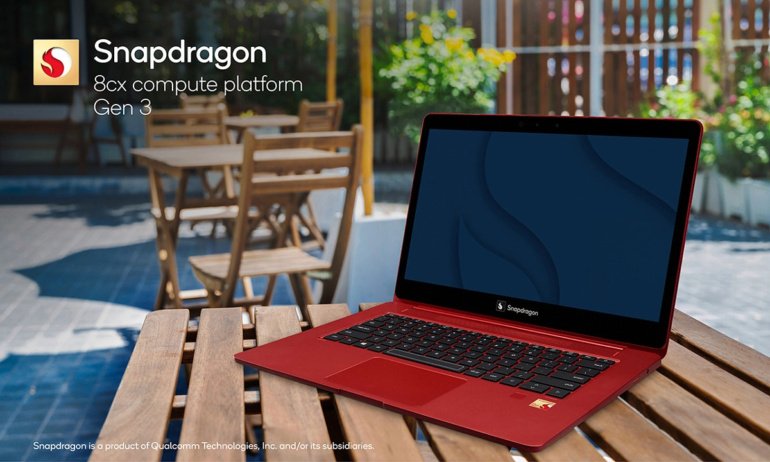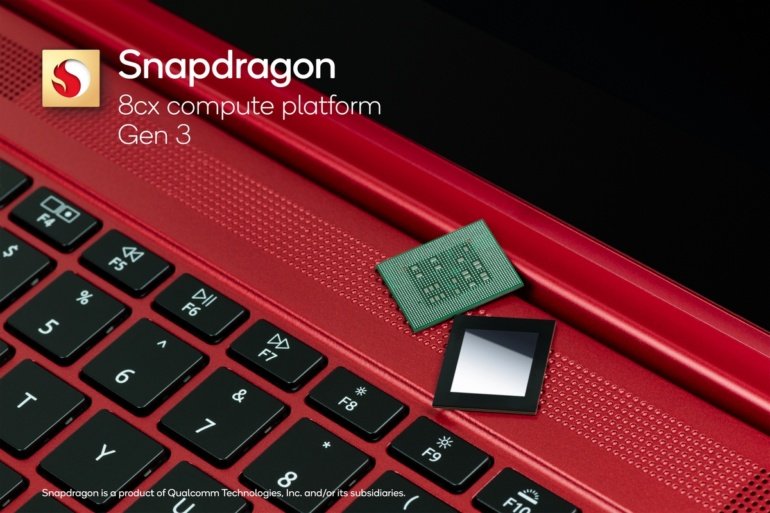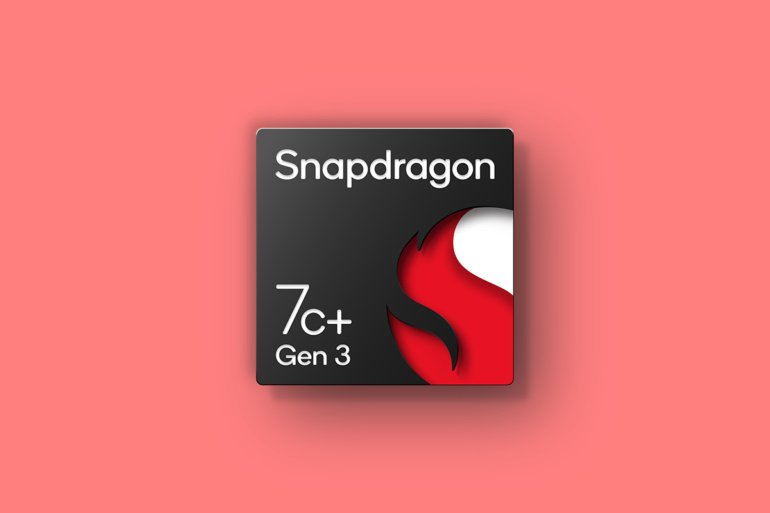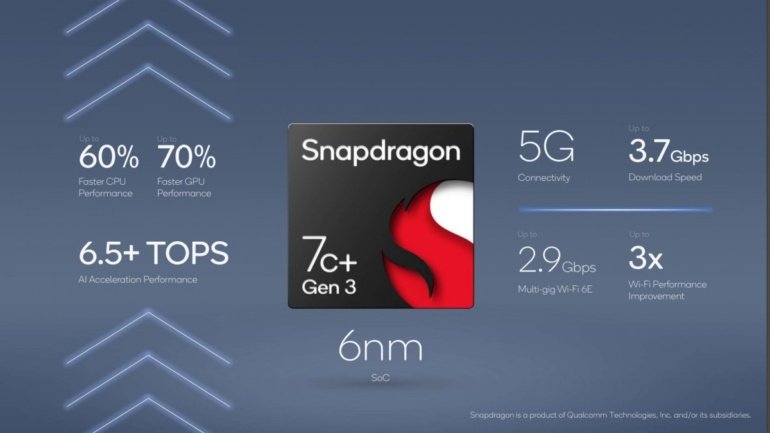Snapdragon 8cx Gen 3 flagship platform for next generation Windows on ARM laptops unveiled

Following the presentation of the Snapdragon 8 Gen 3 mobile chipset, Qualcomm has announced the Snapdragon 8cx Gen 3 platform for upcoming Windows on ARM laptops.
Windows on ARM architecture
A joint project between Microsoft and Qualcomm called Windows on ARM was introduced back in 2016. Then Microsoft tried for the second time to adapt its operating system to the ARM architecture, for which it enlisted the support of the chip manufacturer. The main advantage of the OS is its support for x86 applications. There were also problems with laptops in terms of performance and support for x64 programs. Now in Windows 11, along with support for x64 programs, the ARM64EC interface has also appeared, designed to facilitate support for compatible applications. Although the exclusive collaboration between the companies is ending, the processor manufacturer is releasing a new ARM chipset.
Snapdragon 8cx Gen 3
The new chip is the first solution from Qualcomm, created on the basis of a 5nm process technology, the predecessor Snapdragon 8cx Gen 2 had a 7nm process technology. The company also notes an increase in CPU performance by 85%, and GPU - by 60 points. The presentation also states that the processor has a performance increase per watt of power used by 60% compared to an unnamed competitor on the x86 platform and a long battery life.

Qualcomm does not talk about the full parameters of the chip, so the exact configuration and architecture are still unknown. It is only known that the platform contains a neuroprocessor responsible for the speed of processing AI tasks. Performance has tripled from the previous generation and now stands at over 29 TOPS (Trillion Operations Per Second).

Snapdragon 8cx Gen 3 is compatible with three of Qualcomm's most advanced 5G modules - Snapdragon X55, X62 and the newest X65 (up to 10Gbps). In addition, Wi-Fi 6 and 6E protocols are supported. Despite the declared characteristics, the processor cannot compete with the chips of the ARM M1 line from Apple - the next generation of devices with high performance will become a competitor for the latter.
Snapdragon 7c + Gen 3

Along with the flagship solution, Qualcomm also presented a complete update of the mid-budget line in the face of Snapdragon 7c + Gen 3. The device is based on a 6-nanometer process technology, while its predecessor is at 8 nm. CPU and GPU performance also increased by 60% and 70%, respectively. The neuroprocessor was made more efficient from 5 to 6.5 TOPS. The chipset also added support for the X53 5G modem at 3.7 Gbps, while the previous model could only support 4G networks. There is also compatibility with the Wi-Fi 6 E standard with transfer rates up to 2.9 Gbps.

The first devices based on the new processors will become available in the second half of next year.
Windows on ARM architecture
A joint project between Microsoft and Qualcomm called Windows on ARM was introduced back in 2016. Then Microsoft tried for the second time to adapt its operating system to the ARM architecture, for which it enlisted the support of the chip manufacturer. The main advantage of the OS is its support for x86 applications. There were also problems with laptops in terms of performance and support for x64 programs. Now in Windows 11, along with support for x64 programs, the ARM64EC interface has also appeared, designed to facilitate support for compatible applications. Although the exclusive collaboration between the companies is ending, the processor manufacturer is releasing a new ARM chipset.
Snapdragon 8cx Gen 3
The new chip is the first solution from Qualcomm, created on the basis of a 5nm process technology, the predecessor Snapdragon 8cx Gen 2 had a 7nm process technology. The company also notes an increase in CPU performance by 85%, and GPU - by 60 points. The presentation also states that the processor has a performance increase per watt of power used by 60% compared to an unnamed competitor on the x86 platform and a long battery life.

Qualcomm does not talk about the full parameters of the chip, so the exact configuration and architecture are still unknown. It is only known that the platform contains a neuroprocessor responsible for the speed of processing AI tasks. Performance has tripled from the previous generation and now stands at over 29 TOPS (Trillion Operations Per Second).

Snapdragon 8cx Gen 3 is compatible with three of Qualcomm's most advanced 5G modules - Snapdragon X55, X62 and the newest X65 (up to 10Gbps). In addition, Wi-Fi 6 and 6E protocols are supported. Despite the declared characteristics, the processor cannot compete with the chips of the ARM M1 line from Apple - the next generation of devices with high performance will become a competitor for the latter.
Snapdragon 7c + Gen 3

Along with the flagship solution, Qualcomm also presented a complete update of the mid-budget line in the face of Snapdragon 7c + Gen 3. The device is based on a 6-nanometer process technology, while its predecessor is at 8 nm. CPU and GPU performance also increased by 60% and 70%, respectively. The neuroprocessor was made more efficient from 5 to 6.5 TOPS. The chipset also added support for the X53 5G modem at 3.7 Gbps, while the previous model could only support 4G networks. There is also compatibility with the Wi-Fi 6 E standard with transfer rates up to 2.9 Gbps.

The first devices based on the new processors will become available in the second half of next year.









There are no comments yet :(